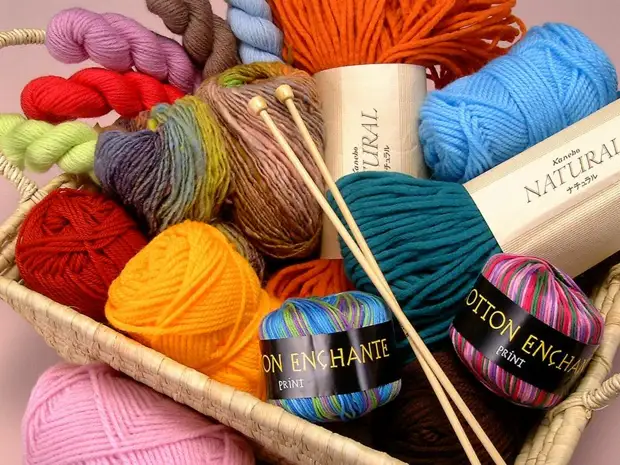
I had this question after reading heterogeneous information. And I tried to draw up a list of different types of threads for knitting with their positive properties and not very. But I ordered the information "to your taste" so that it was brief and extremely clear.
So:
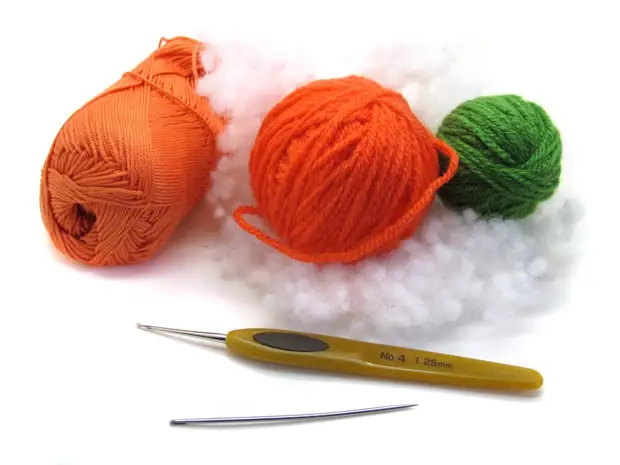
ACRYLIC
Acrylic refers to a group of polyacrylonitrile fibers; The acrylic market is also known as Nitron, Polyamide, Pan-Fiber and Pragne. Raw materials for acrylic are produced from natural gas. However, this fiber has several advantages in comparison with genuine yarn. The mixtures with the content of acrylic from 30% are ideal for knitting on knitting machines.
pros
Acrylic, which is often called "artificial wool", on its qualities is not just close to the wool of natural - it still has a number of unique properties. Acrylic yarn is very well painted - you can achieve a wide variety of bright and saturated colors. 100% acrylic is a guarantee that the product will practically not fade. However, in practice, acrylic is often mixed with another yarn, especially for machine knitting. The mixture with wool allows you to get the perfect option - the warm clothes of a beautiful coloring, which is pleasant to the touch, is not covered by the rollers, keeps the form and for a long time.
Minuses
Among the shortcomings of acrylic products, low hygroscopicity can be distinguished, depriving things from acrylic hygienic qualities.
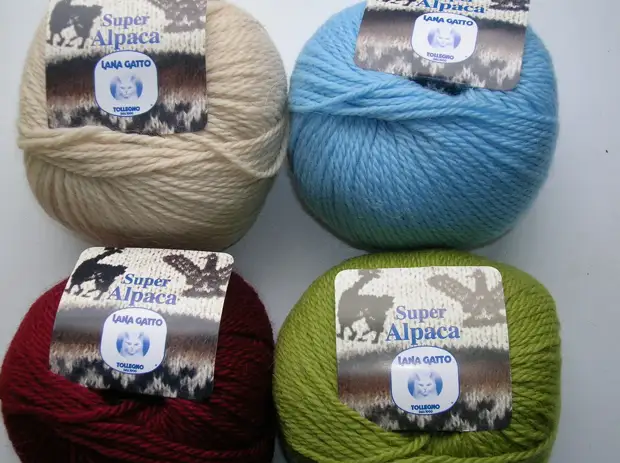
ALPACA
Alpaca, or Lama - animal family of camels. Easy and durable alpaca wool is quite expensive, so it is often used in mixtures with additives of other fibers. Such mixing, in addition to lower prices, helps reduce the cornuit inherent in this wool. At the same time, despite the high cost, the yarn of 100% Alpaca uses constant demand and is offered in many yarn stores.
Widespread mixtures with conventional or merino wool, with artificial fibers (for example, with acrylic) were widely used.
pros
Thanks to the long fibers, the alpaca yarn is practically not falling and does not form rods. Alpaca's woolly hollow, so this wool has excellent thermostatic properties - she warms in the cold and cools in the heat. This kind of wool is painted well, and today you can buy yarn from the alpaca of all the colors of the rainbow.
Minuses
A feature of the Alpaca's wool is that it is impossible to use naphthalene during its storage, and therefore only natural remedies are used as anti-molta - lavender, tobacco and cedar.
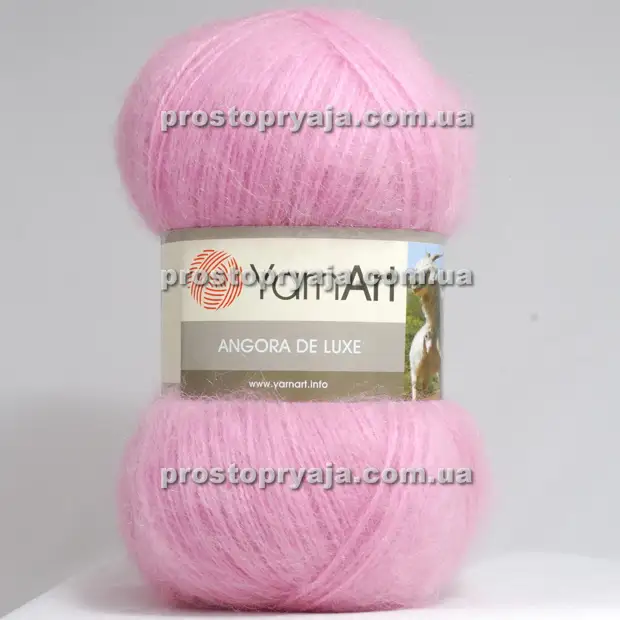
ANGORA
"Angore" is customary to call the fluff of the rabbit. Once it was received by the Chinese as an analogue of the real Angora, called the now "Mochher", since the "special" goats were poorly leaned outside of Turkey. Rabbits whose wool is used to produce yarn and are called Angora.
pros
Angora wool is definitely very fluffy, soft, warm. Products made of high-quality yarn with Angora are capable of listening for more than one year.
Minuses
But at the same time, it has an annoying and well-known property of "breaking out", and it is impossible to prevent it, even reducing the percentage Angora in the yarn. Such is the rabbit fluff - it is not fixed in the yarn firmly. Therefore, by the way, Angora wool is practically not used in its pure form - it is mixed with ordinary or merino wool in yarn, as well as with acrylic.
The Minus Angora is also the fact that it is impossible to wash products from it, moreover, they simply need to be protected from wetting. Clean the Angora is only a chemical way.
But another source says that manual wash is possible with a soft shampoo in non-hazing water.
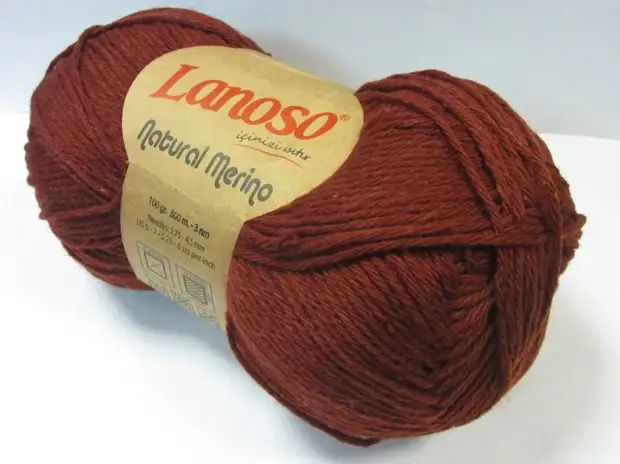
VISCOSE
Viscose is the very first artificial fiber obtained by a person at the end of the nineteenth century, but to this day maintaining its value. It is made from natural material - cellulose, therefore, of all chemical fibers, this is the most "natural". The viscose threads are added to the mixed yarn - to cotton, acrylic, wool, but if the master decided to tie himself an elegant evening dress - she should buy a viscose yarn without impurities. The effect is guaranteed.
pros
The main quality of viscose: nice to the touch, hygroscopic, breathable. High color intensity allows you to create products of bright colors. In yarn for knitting viscose, it includes a mixture fiber, usually with cotton, as well as with wool, with a mohair. With the help of viscose, you can improve the properties of cotton: adding it to the cotton yarn increases the speed of absorption moisture, which has a cotton. It should also be noted that viscose does not accumulate static electricity.
Minuses
When washing, the viscose products require particularly gentle care. You should not unscrew them - the wet viscose is not particularly durable. Things associated from this yarn is better to erase with hands using a soft cleaning agent, otherwise they can stretch and lose the form.
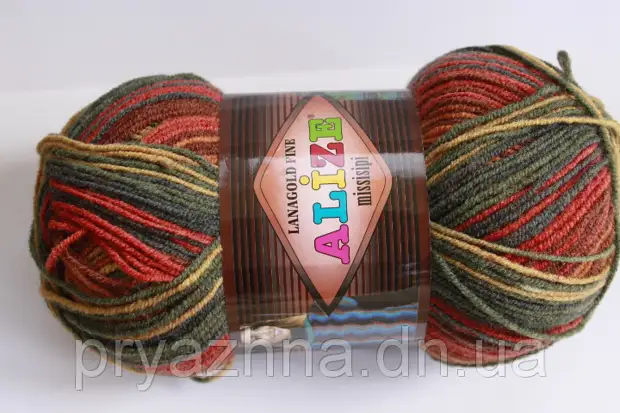
Melange yarn
Sexing staining yarn. Its feature is that one motor is painted with uniform sections in three or five colors.
Sectional staining of the thread creates models with "right" stripes. With a successful selection of the pattern, you can get very beautiful "divorces" on a knitted product.
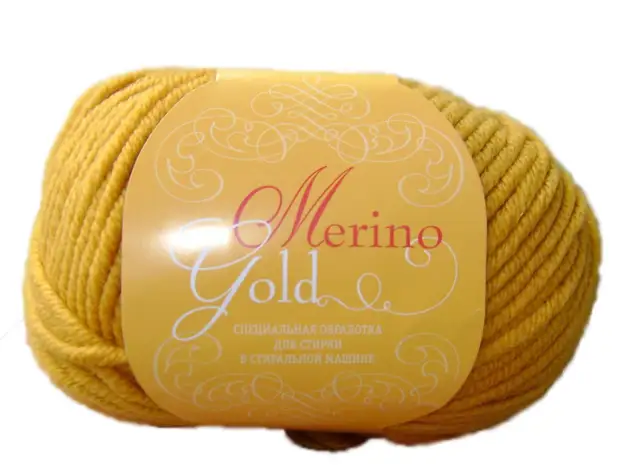
Merino yarn
This is a wool taken from Merino (sheep breed), and not just a merticated, and coated from a certain place - from the withers. Merino wool is more expensive than usual. Other types of fibers are rarely added to it, and not in order to improve the quality, as in other cases (its quality is flawless), and in order to reduce the price.
pros
In addition, the Merino wool is long, white, has excellent thermostatic properties, elasticity. One of the important qualities is that it does not irritate the skin. Therefore, it can be safely recommended to create children's things. And even with proper handling, beautiful and warm things from Merino can serve for many years without losing their original appearance.
Minuses
All the whims of woolen things are inherent to products from this wool, so care for them should be particularly thorough - manual washing using special means and drying in a stretched form.
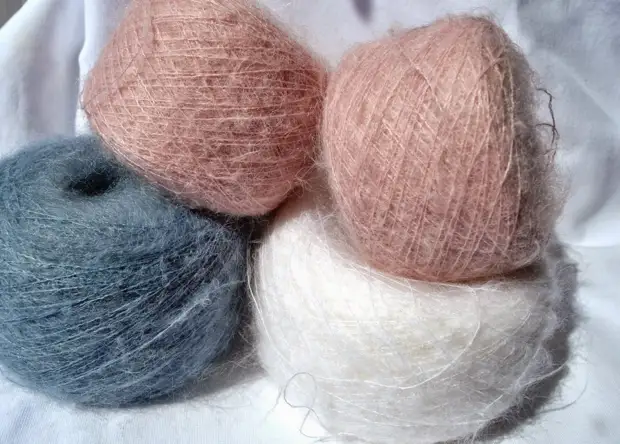
MOHAIR
When determining "mohair", it should be borne in mind that it is encouraging hair, and not just any fluffy yarn, as for some reason, many consider. And the peculiarities of this Volos are such that one hundred percent mohair can not be: he will simply disintegrated into separate hairs. The maximum content of mohair in the yarn will not exceed 83%. The high price of pure mohair often makes it easily mix it with conventional wool, as well as with artificial threads - with acrylic, polyamide and others.
pros
Moherry yarn has long fluffy fibers, and products related to it are obtained very air and warm. The mohair is well coloring, it is easy to clean from dirt.
Minuses
Washing of mohaws requires special delicacy - it should be carried out in water temperature, using a soft shampoo.
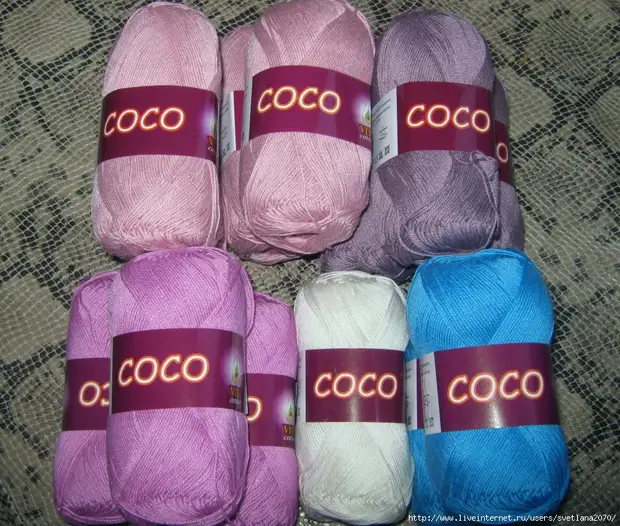
COTTON
Cotton - vegetable origin yarn, obtained from cotton boxes. Cotton was known in India from the 7th century BC, and only after 24 centuries, the production of cotton fabrics has reached Europe. Compare it with other vegetable fibers, it can be noted that the warming effect of cotton is higher than that of flax. Cotton stronger wool, although less durable than flax or silk. For knitting, cotton is often used as part of blended yarn with wool or acrylic, since the cotton yarn itself is not elastic.
pros
The main properties of cotton include hygienic and resistance to alkali (and simply to washing); Cotton "breathes" (fluctuates well), easily absorbs moisture.
Cotton is comfortable and pleasant in the sock, soft and resistant to abrasion and rupture, easy to care. Cotton is well painted and practically does not fade. The product is easily erased, if you pre-pump.
Minuses
Under the straight rays of the Sun, cotton becomes less durable, so requires protection. In addition, cotton products are very sad and dried for a long time.
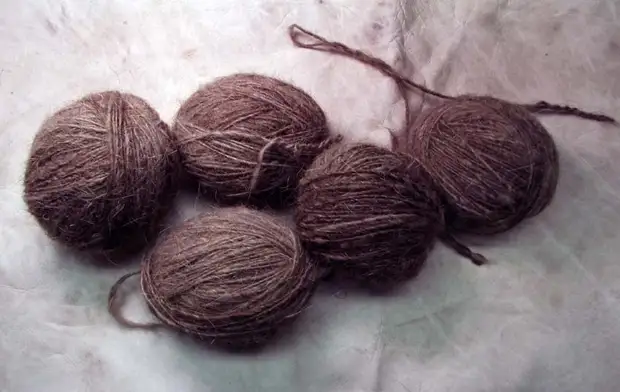
WOOL
Natural fiber, seriously compete with any of the artificial. Actually, "wool" is a collective term that includes wool and sheep, and camel, and goats, lamas, and rabbit, and even dogs; The wool of various animals varies both by properties and use.
pros
Their common properties of wool should be noted the unique ability to maintain heat, with leveling the difference between body temperature and air temperature, hygroscopicity, softness and adjaceability. Wool reaches well and resistant to frinking. Woolen yarn holds heat better than vegetable, and also much slowly wet in a wet environment. Fine "rushed" wool and acrylic, which make up a very popular now ensemble. Among other things, such a yarn becomes cheaper clean wool.
Minuses
The only serious disadvantage is the dumping and formation of rollers under friction, depends on the density of yarn twisting (the weaker it is twisted, the stronger falls), and can be eliminated as special trim methods, so by adding vegetable or artificial fiber to the woolen yarn.
Washing wool products (and especially clean wool products) should be carried out particularly carefully - to wash them only manually, with special means. Neither soak for a long time nor tootrify or squeeze woolen things do not need. When drying, they need not to hang out, but gently put out on a flat surface.
A source
